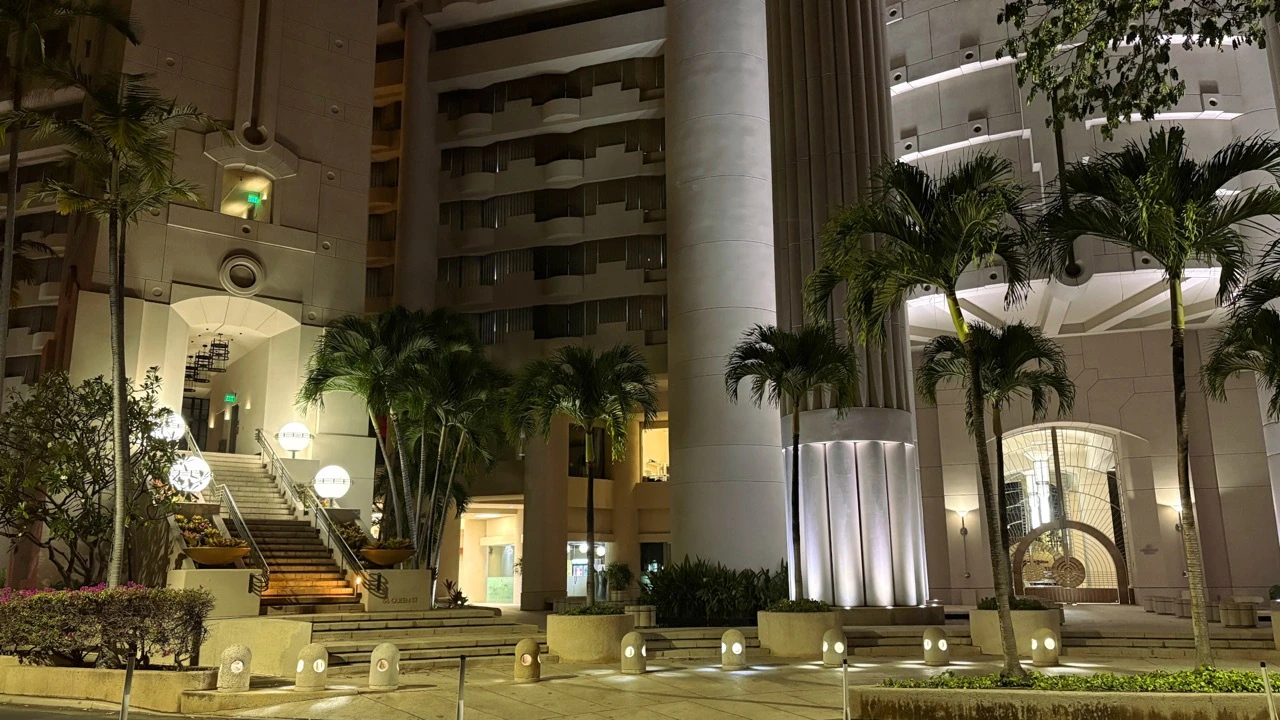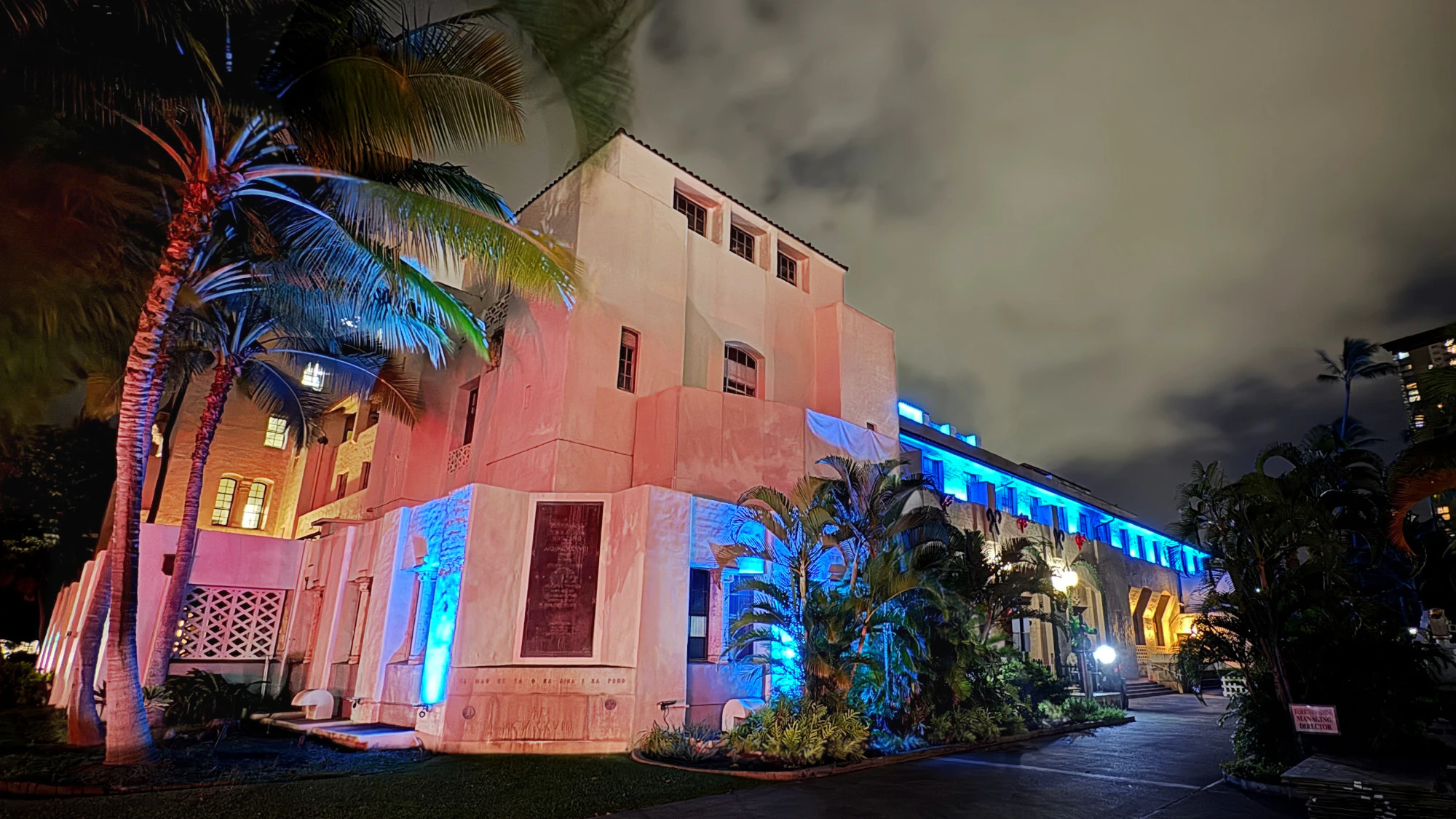Honolulu has undergone enormous changes since Hawaiians first inhabited these islands. Long before buildings and high-rises lined the waterfront, before the time of Kamehameha, the area was known as Kou. Though modern development has drastically changed the landscape, this relatively small area still carries a long, rich history with many notable spots that still contain the mana, the spiritual energy, of the past.
One of these spots is Ulakua, where ki‘i, the images of gods, were made. Aside from just using stone tools to carve a sacred item out of wood, numerous prayers and ceremonies under the strictest kapu were involved when creating a ki‘i, and only high-ranking kahuna were allowed to create the images that were made to represent the gods and the embodiment of their powers. The mana of these rituals seeped deep into the land itself, leaving a spiritual imprint that, some say, remains even now. A place where sacred rituals once called ancient gods into the physical world may not easily forget what it once was.
This place was at the foot of what is now Richards Street when the shore was further inland than where it is now. Today, upon that spot of land is the King David Kalākaua Building, where the Downtown Post Office sits.
Formerly known as the U.S. Post Office, Customhouse, and Courthouse, the structure was completed in 1922 and was commonly referred to as “the Federal Building.” From the very beginning, reports of unexplained activity began to circulate.
The most famous haunting is that of Benedict L. Westkaemper, the disgraced Superintendent of Mail. By all accounts, Westkaemper was a quiet, hardworking man who was so dedicated to his job that, when he disappointed his boss and was left humiliated, he only knew one way out. Barely a month after taking his own life, a postal worker said he saw the ghost of Westkaemper in the basement supply room. The belief was rampant in the federal building that Westkaemper was back, watching the postal supplies to ensure there was no waste or misuse.
Staff spoke in hushed tones about strange noises and cold drafts in rooms with no windows. Lights flickered without cause, and mail carts seemed to move on their own. Though subtle, the incidents added up. Some believe these occurrences are tied not to the building’s federal past but to something older, something deeply rooted in the ground beneath it.
The most recent haunted account came from a retired postal worker who spent decades in the building. He recalled when a paranormal investigation team from Japan received special permission to explore the post office after hours. The crew arrived with various electronic monitoring equipment in tow. The postal worker had asked earlier if he could quietly observe their process. They’d agreed, and he stayed nearby.
They set up cameras, recorders, and meters to document whatever they might encounter. But suddenly, nothing worked.
Every device they brought, from video cameras to audio recorders, failed without explanation. Batteries drained instantly, lights flickered, and gear shut down moments after powering on. After trying time and again without success to get started, they finally sent someone out to buy disposable film cameras—the kind you wind by hand and drop off for developing. Each of the six team members received one. Oddly, the retiree said, even those didn’t work.
After taking a photo, the film advance dials jammed. One by one, the cameras froze up. The team made it as far as the alcove near the elevator to the upper floor before they gave up for the night. As the team began to leave the alcove, he witnessed something he still can’t explain.
“One of the guys got yanked back,” he said. “On his heels… like something invisible had grabbed him.”
The man struggled to stay upright. When they got him into the light, a bruise had already begun to form around his neck. It was not like a rope mark, exactly. The retiree described it as looking like coarse coconut fiber, dark and rough.
The team left soon after, empty-handed. They hadn’t captured a single image or recording.
“Maybe,” the postal worker said, “they weren’t supposed to.”





